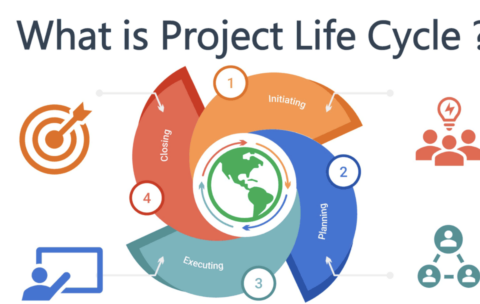How To: Process Mapping
Gan the knowledge and skills to effectively create and utilise …
What you'll learn
The definition and importance of process mapping in understanding and improving business operations.
Various types of process maps, including Flowcharts, Swimlane Diagrams, and Business Process Modelling Notation (BPMN).
How to identify inefficiencies, redundancies, and opportunities for improvement within a process.
The benefits of process mapping in simplifying complex processes, enhancing customer experience, and facilitating training and onboarding.
Key symbols and notations used in process mapping, including start and end events, tasks/processes, decision points, and data objects.
Practical steps for creating effective process maps, from defining the scope and objectives to selecting appropriate tools and notations.
Utilising common tools for process mapping such as Microsoft Visio, Lucidchart, and Miro.
How To: Use Case Diagrams
Introducing you to the basics and intricacies of creating and …
What you'll learn
The fundamentals of Unified Modeling Language (UML) and its importance in software development.
How to identify and define actors within a system.
The process of outlining use cases to represent system functionalities.
Techniques for connecting actors to their respective use cases to illustrate system interactions.
Strategies for enhancing clarity and communication in system design through effective use case diagrams.
Best practices in use case diagramming to support requirement analysis and project documentation.
Requirements Engineering
The “Requirements Engineering” course at Digital Business School, based on …
What you'll learn
Requirements Identification: How to accurately define and document project requirements.
Cross-Referencing Requirements: Techniques for linking requirements to project objectives and other documentation.
Origin & Ownership: Understanding the source and responsibility for each requirement.
Software Support: Utilising tools for requirements documentation and traceability.
Change Control: Strategies for managing amendments to requirements.
Configuration Management: Keeping track of requirement versions and changes.
Mastering the Project Lifecycle: A Business Analyst Guide
This training video provides a brief yet comprehensive overview of …
What you'll learn
Learn the BA's role in each SDLC stage, enhancing interview prep with a full project lifecycle understanding.
Understand key BA documents produced in each SDLC phase, essential for effective project communication and execution.
The video will provide detailed insights into the specific skills needed by Business Analysts in each phase of the SDLC.








